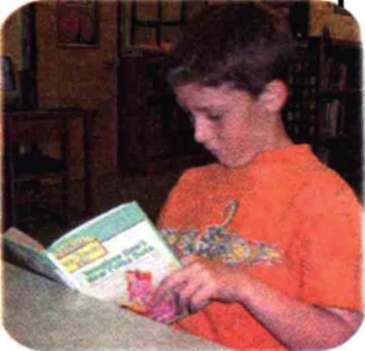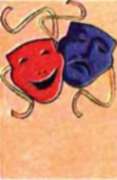|
|
|
|
|
|
|
|
|
|
|
|
|
INFORMATION PAGE
|
|
|
|
|
|
|
|

|
|
|
|
|
|
|
|
HELPFUL TIPS
|
|
|
|
|
|
|
|
READING STRATEGIES
• Before you start reading, look at the title. Are you familiar with the topic? What experience have you had with this subject? Now, as you read the text, you may find the material easier to understand.
• First read the text quickly for general understanding. This is called skimming. Try to summarize the situation in your mind, then start from the beginning, reading the text carefully this time. This method will help you to understand better what you read.
• Don't stop reading every time you don't understand a word. Continue reading and try to find out the main idea of the sentence. After you have read a paragraph, go back to unknown words. You may have enough information to guess their meaning now. Use a dictionary to check your guesses. Otherwise
just enjoy reading what you do understand, • To understand a long sentence, separate it into smaller parts. One way you can see the smaller parts is by noticing the commas (,). Commas often separate two different ideas, and they join these ideas in the sentence.

|
|
|
|
|
|
|
|

|
7. Imagine, you have got to give a lecture ['lektja] on the geographical position of Ukraine in one of the American schools. Use the map. Point out the borderlines, the bordering countries, seas, rivers and mountains of Ukraine. Speak about its climate and nature.
|
|
|
|
|
|
|
|

|
|
|
|
|
|
|
|
|
|
|
|



